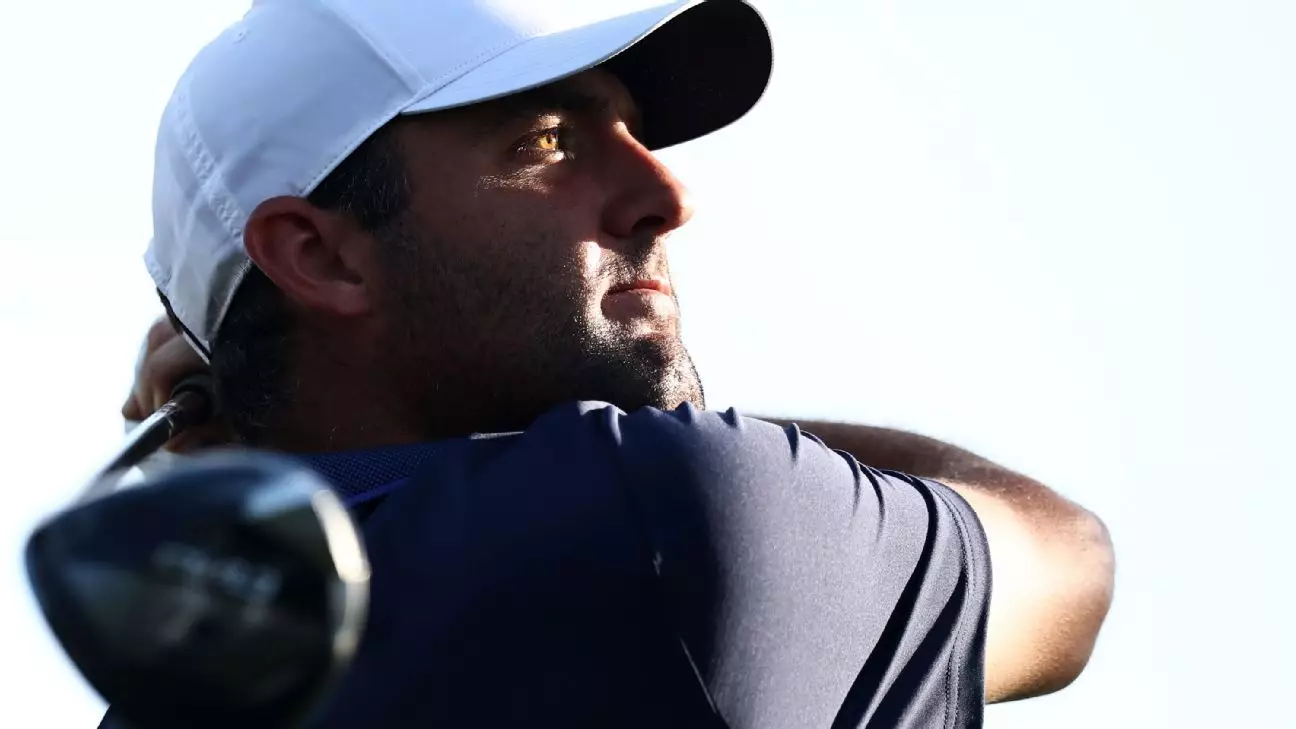The world of professional golf is currently embroiled in controversy, raising serious questions about the integrity of the sport. The recent decision by the United States Golf Association (USGA) to declare the drivers of two prominent players, Rory McIlroy and Scottie Scheffler, as nonconforming precedes monumental victories and ignites a conversation that extends far beyond equipment specifications. While McIlroy, in the wake of his historic Masters triumph, faced disappointing performance metrics at the PGA Championship, Scheffler’s successful quest for a third major title amidst revelations of his equipment’s disqualification pivots the discussion towards the systemic inconsistencies in how the sport is governed.
The implications of driver testing shouldn’t be taken lightly; they reveal an alarming disparity in how players prepare and compete under the same umbrella of regulations. The recent events serve as a stark reminder of how even the most talented athletes can find themselves entangled in bureaucratic hurdles that undermine their achievements.
Equipment Regulations: A Relentless Battlefield
One cannot help but wonder why this strict enforcement of equipment regulations seems to be targeting a fraction of the players in the field. Scheffler himself raised concerns that if the USGA was genuinely committed to maintaining fairness and integrity in the sport, more comprehensive testing protocols should be implemented. Currently, testing only encompasses a select few players, leaving many untested. This raises a fundamental question: how can we foster a culture of competitive integrity in golf when an arbitrary selection process determines which players’ equipment is scrutinized?
The disparity in treatment is particularly troubling given golf’s historical emphasis on self-governance and integrity. The sport has long prided itself on the principle that players should act as their own referees. Yet, when governing bodies like the USGA seemingly focus their efforts sporadically, the question arises: are they upholding these values, or merely showcasing them as a facade?
The Need for Equitable Standards
Many within the golf community, including two-time major champion Xander Schauffele, have echoed the sentiment that all players should be subject to the same rigorous testing. This notion is not just about protecting the integrity of the field; it embodies the spirit of competition that has drawn countless individuals to the sport. The current regulatory practices suggest an inconsistency that could permit unflattering comparisons, painting the leaders in the sport in a questionable light.
By testing only a “third of the field,” as Scheffler articulated, the credibility of competitive results is at stake. The sporting narrative needs to evolve—players are not just athletes; they are ambassadors of a game steeped in tradition and respect. To treat their equipment as peripheral issues risks alienating the very essence of what makes golf compelling.
Reforming the Golf Landscape
The unfortunate consequence of this equipment controversy is that it detracts from the remarkable athletic prowess displayed during competitions. Both McIlroy and Scheffler are exceptional players; depriving them of due recognition due to external technicalities lessens the thrill of their accomplishments. Instead of spotlighting a player’s skill, we find ourselves analyzing their drivers’ compliance with USGA statutes. This paradigm shift from athlete-centric narratives to bureaucratic disputes is damaging, suggesting an urgent need for reform in testing processes.
If we wish for the game of golf to thrive, transparency and fairness must take center stage. The time has come for the USGA and other controlling bodies to rethink their approach to durability and compliance testing. Equal opportunity and treatment for all players is essential, enabling us to witness authentic competition without undermining the integrity that has long defined golf.
In the end, as the landscape of modern golf evolves, it is crucial that the sport’s regulations evolve with it, ensuring that fairness remains paramount, and the dignity of the game is preserved.

